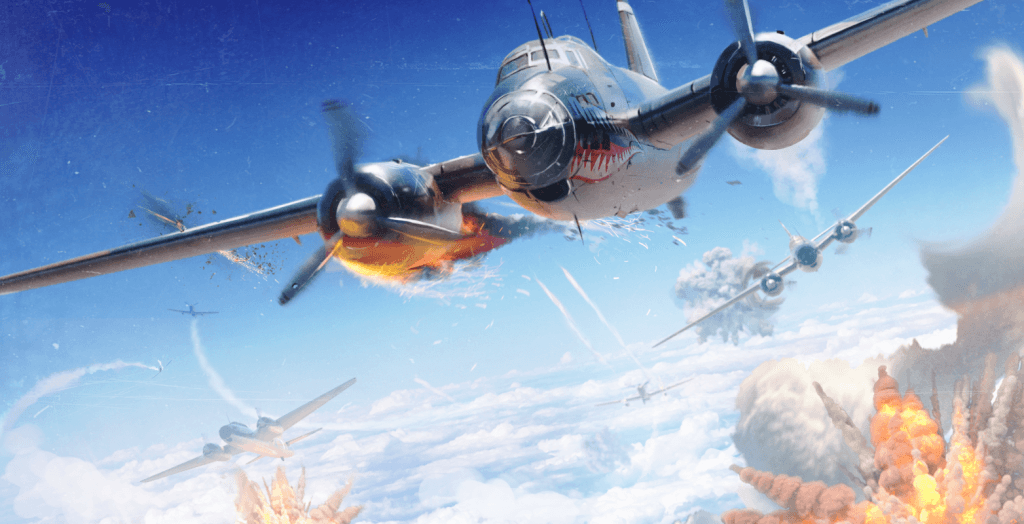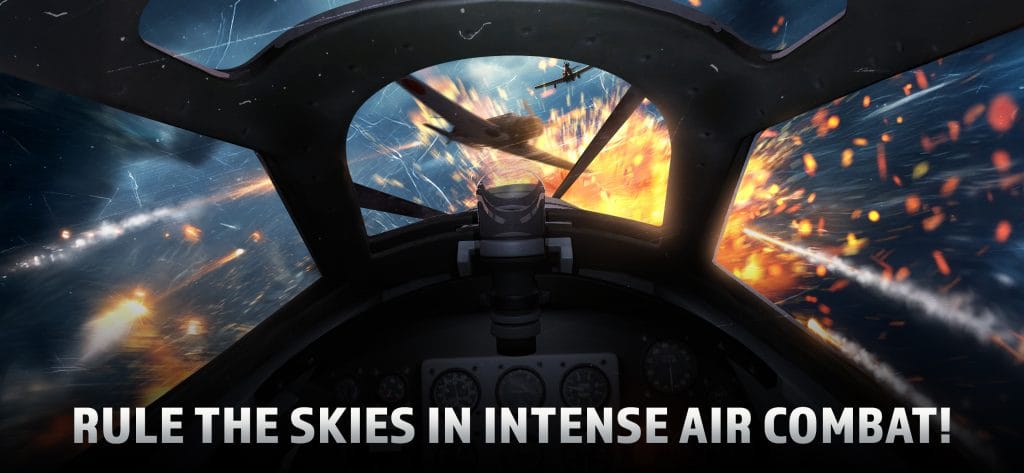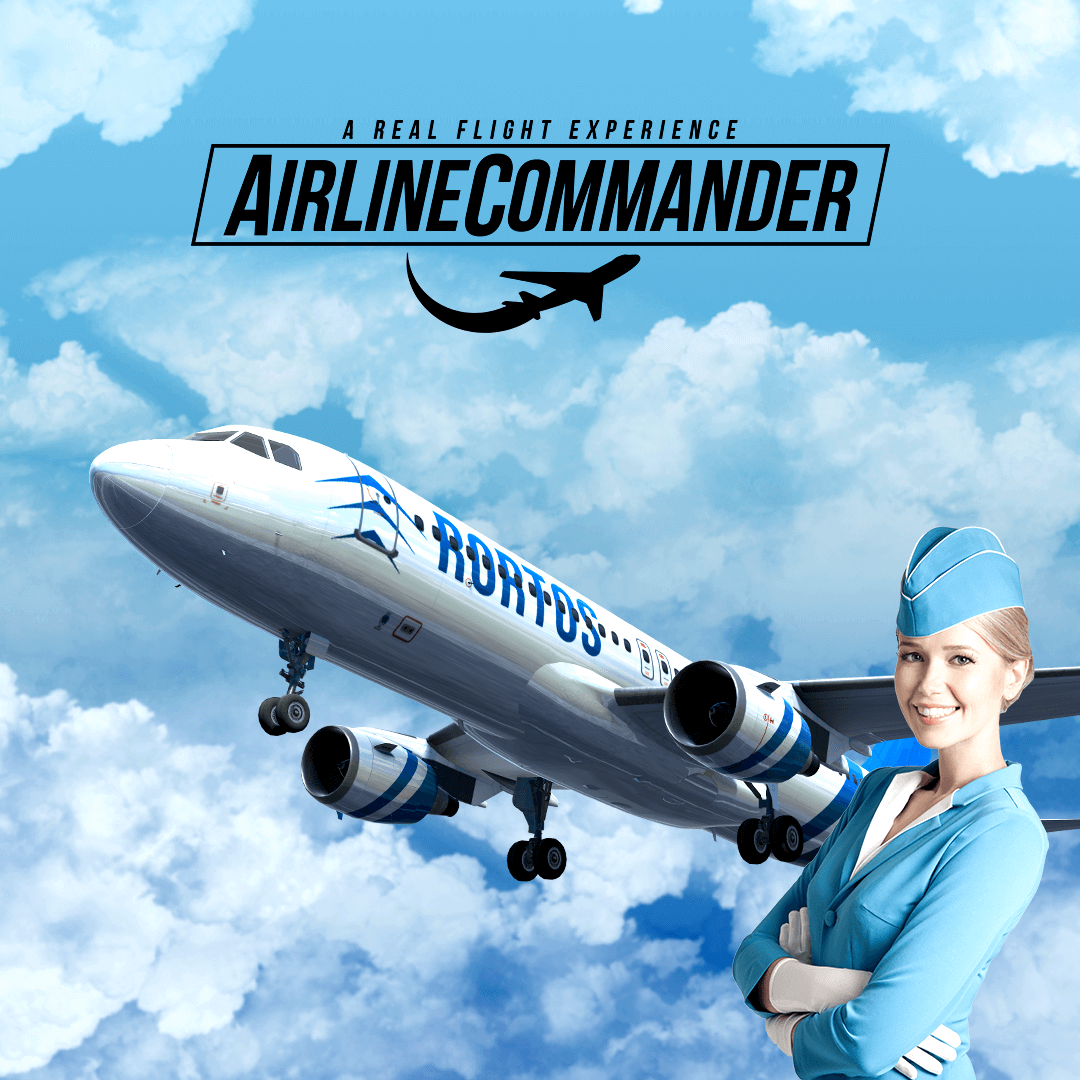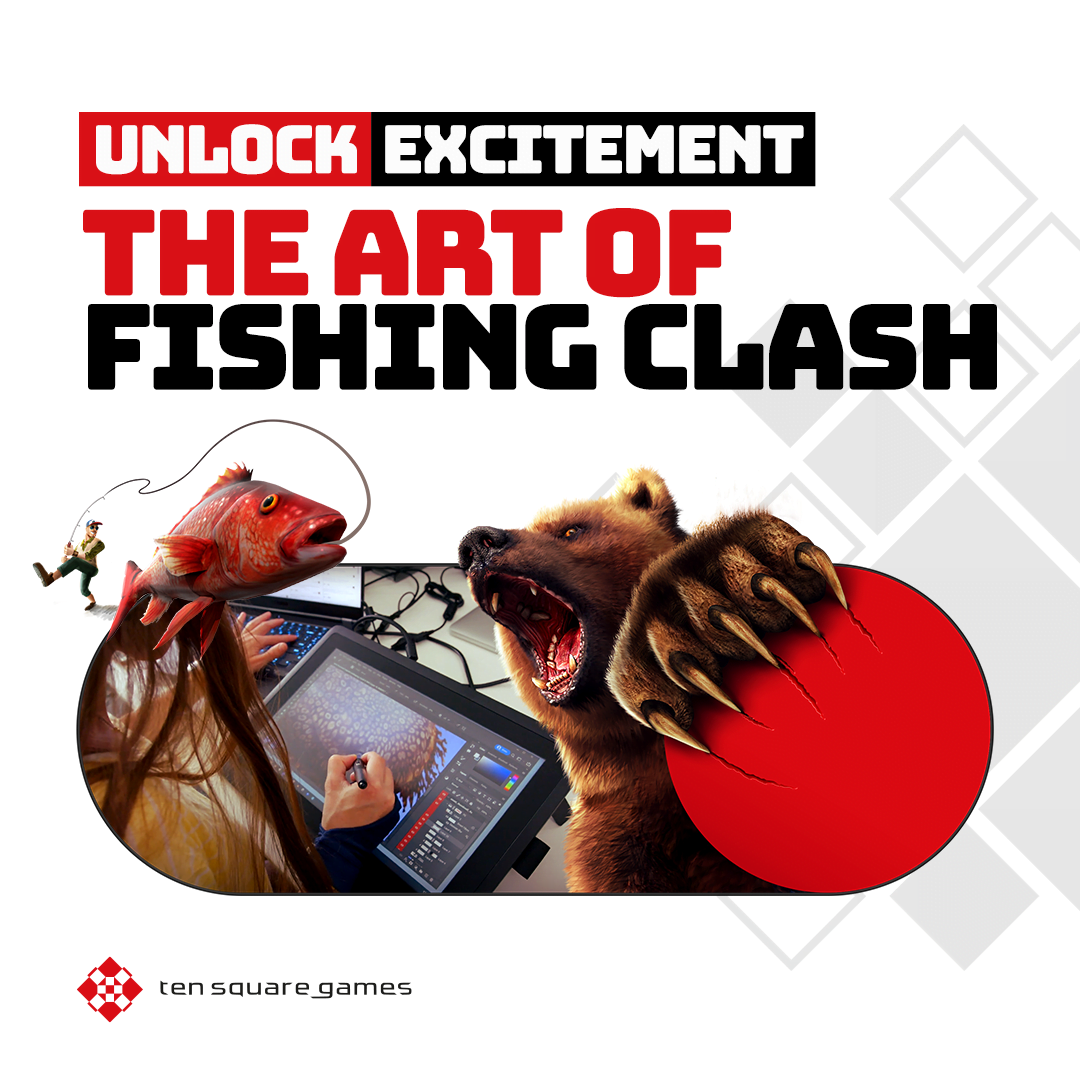



Every great game starts with a core idea. For Wings of Heroes, it’s the thrill of World War II aerial combat – the skill, the strategy, and the teamwork. But bringing that idea to life and helping it grow requires a dedicated team that understands not just the technology, but the spirit of the game itself.

Meet the Wings of Heroes team at Ten Square Games: a group of designers, developers, artists, and strategists united by a common goal to build an exciting and evolving aerial combat experience. This is a project with ambition, focused on growth and continuous improvement. For the people working on it, it’s an opportunity to have a real impact on a game and see their ideas take flight in a fast-paced, collaborative environment.
Setting the direction for a project like this requires a clear philosophy. “Our philosophy behind Wings of Heroes is to create something truly revolutionary – the best game in its segment, that gives players a unique, unforgettable experience in the skies,” says Michał Szurma, the game’s Product Owner. He emphasizes that this vision is powered by the team itself. “This wouldn’t be possible without them – a group of passionate people and specialists who bring their expertise, creativity, and ownership to every part of the project.”
This focus on people and clear goals is essential to navigating the challenges of game development. “Working with such a creative and ambitious team, my role is to create space for innovation while keeping us aligned with production goals,” explains Agnieszka Linek, Producer for Wings of Heroes. She ensures the team has what it needs to succeed by removing blockers and maintaining open communication. “Clear priorities give everyone a shared sense of direction – we know what we’re aiming for, and when.”

Every feature begins with a plan. The Game Designers are responsible for charting the course, looking at player feedback and data to build meaningful experiences that deepen the game. This approach was central to developing the “Total Defense” PvE mode, which added a new, cooperative layer to the gameplay.
When it comes to competitive features, the process is equally player-focused. “We are always trying to look at what’s hidden underneath players’ feedback – what types of needs we can address, or what kinds of new experiences we can create,” says Magda Petryk, Game Designer. She explains how the Squadron Wars feature grew from a simple need. “It was about creating an in-game space where players could meet in groups and interact,” she adds. First came Squadrons, then came their shared goal: a large-scale event where entire teams fight for domination.

A good idea needs a solid technical foundation. The Frontend and Backend Developers turn design concepts into a smooth, responsive gameplay experience, tackling the complex challenges of a real-time PvP game. Bartosz Rudzki, Expert Backend Developer, points to the launch of Squadron Wars as a key challenge. “One of the biggest challenges was synchronizing the start and end of seasons while ensuring all players received their rewards as quickly as possible,” he recalls. “It required precise coordination between multiple backend services and real-time data processing.”
For Lead Developer Andrea Rossini, the core challenge lies in the game’s dual nature. “The challenge is to provide a simulation product that is, at the same time, accessible to everyone,” he explains. “Our code base must be flexible and reliable, while also supporting the depth in gameplay expected from a simulation game.”
The game’s visual identity is crafted by a talented group of artists and designers who create everything from historically-inspired aircraft to intuitive interfaces. Their work is closely connected to gameplay, with assets like exclusive aircraft liveries serving as desirable badges of achievement for players.
Collaboration is key to making sure the game is both beautiful and functional. “The process involves close teamwork between artists, animators, UI designers, and programmers, who regularly exchange feedback,” explains Marcin Skruch, a UX/UI Graphic Designer on the team. “Communication and iterative improvements are key to making a visual element meet the expectations of both players and creators.”
A live game needs constant attention to stay fresh. Live Ops specialists design the calendar of in-game events, challenges, and offers, creating a steady stream of new things for players to do. “Our team has built a consistent cadence of events that works for both us and our players – keeping the game fresh, dynamic, and true to its wartime roots,” says Marcel Napierała, Junior Product Manager.
The team’s philosophy is hands-on. “We follow one core rule: ‘If I’m not having fun, how can I bring fun to the players?’” Marcel shares. While data is important, the team spends a lot of time playing the game and testing ideas firsthand. “This balance allows us to adapt quickly, experiment often, and see the immediate impact of our work – making Live Ops both fast-paced and deeply rewarding.”
The Wings of Heroes team is a group of dedicated professionals working together on a project with huge potential. If you’re passionate about games and want to be part of a team focused on growth and quality, this could be the place for you.

Hi, I’m Alicja and I’m an art lead at TSG. I’d like to tell you…
read more
Airline Commander is a flight simulator produced by Rortos. The reins of the game’s production…
read more
In a fascinating interview, representatives from Ten Square Games' Services team shed light on the…
read more
Fishing Clash isn't just our flagship game; it's a big artistic endeavor for our art…
read more